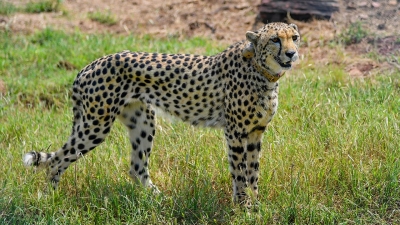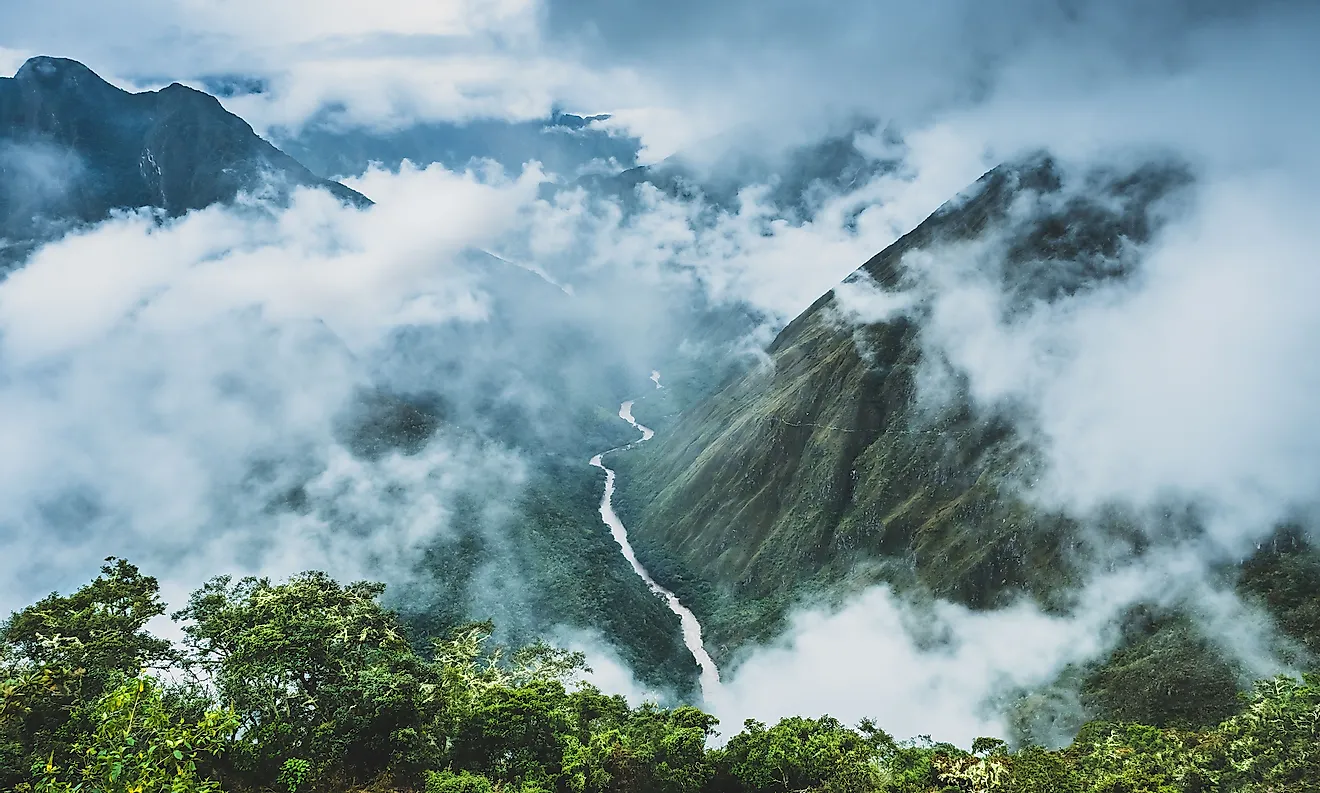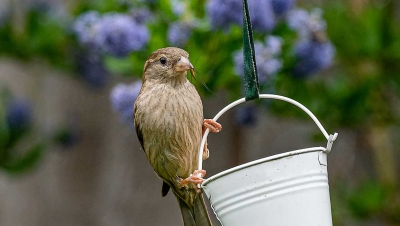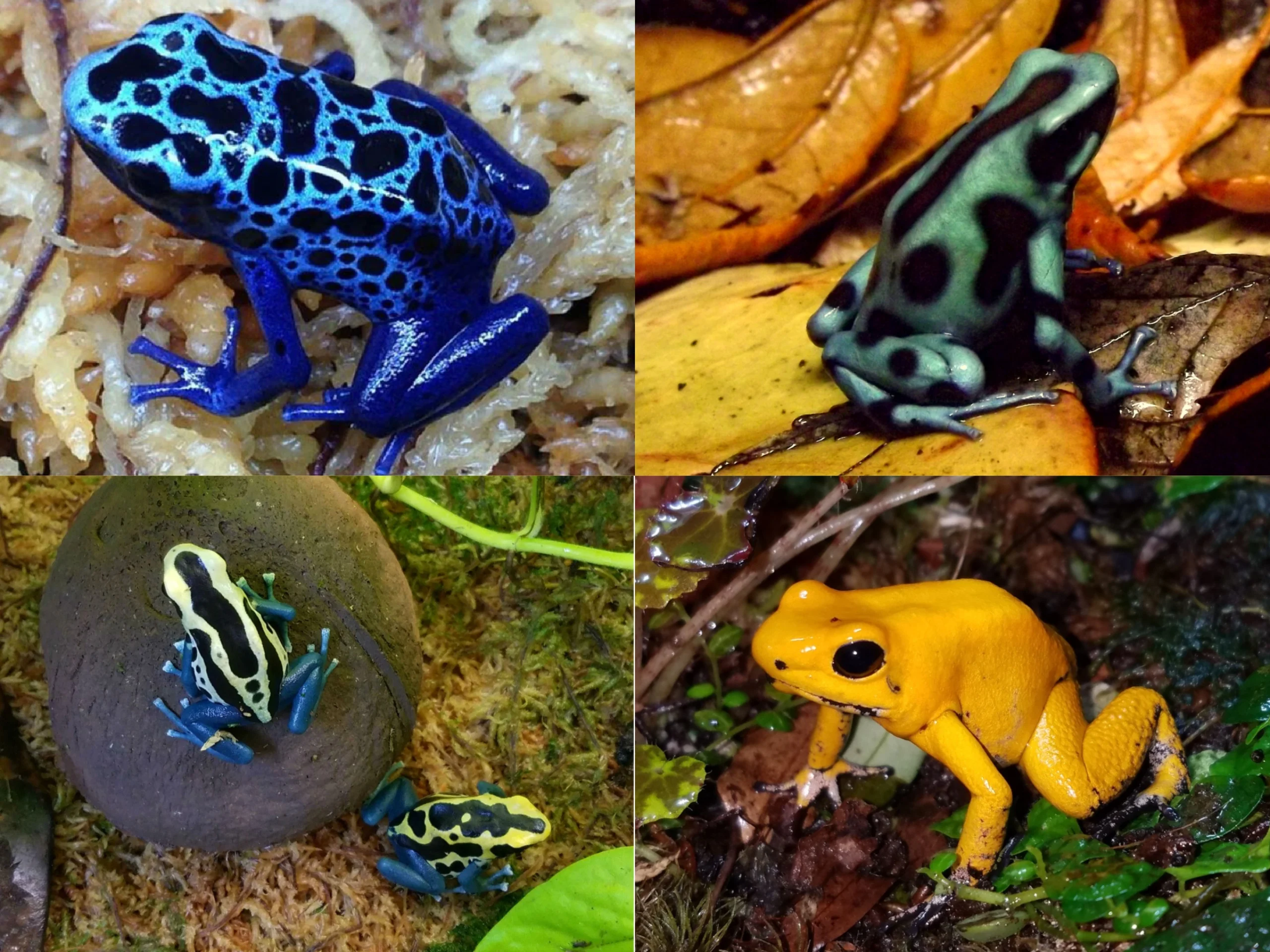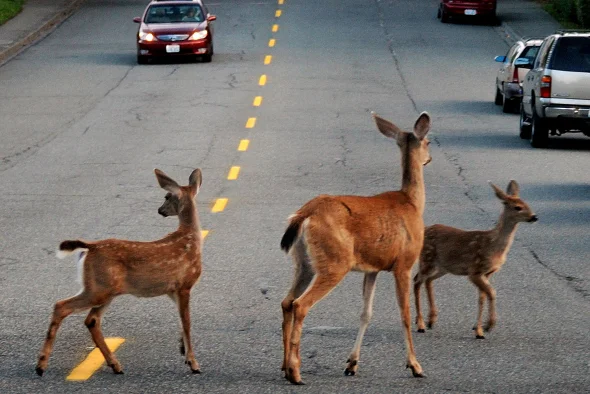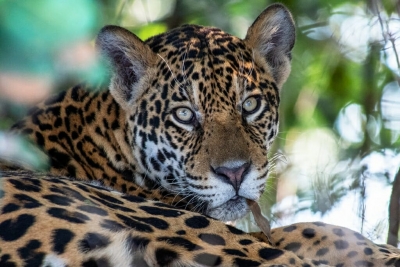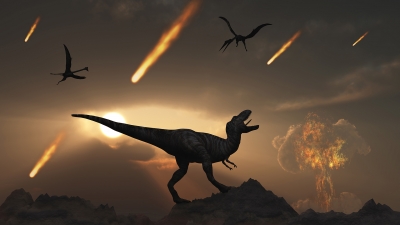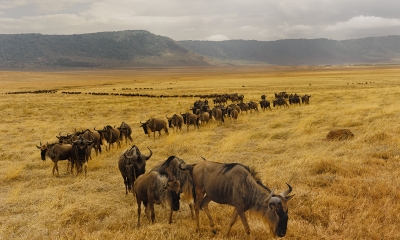2022 up-close: species in the news
While the arrival of cheetahs from South Africa certainly dominated headlines in 2022, several other species too were in the spotlight in our country for various reasons. Let's take a look at a few of them
Tiger
As a keystone species, the tiger continues to get national attention, and rightly so. Our country is home to over 50 tiger reserves, and this year, two more got added to that list. The 52nd tiger reserve is in Rajasthan-Ramgarh Vishdhari, spread across Bundi, Bhilwara, and Kota districts over an area of more than 1,500 sq.km. The State's fourth tiger reserve - after Ranthambore, Sariska, and Mukundra, it is expected to be a major corridor connecting tigers of Ranthambore and Mukundra reserves. The country's 53rd tiger reserve is in Uttar Pradesh-the Ranipur Tiger Reserve in Chitrakoot district, spread over nearly 530 sq.km. This is the State's fourth tiger reserve after Dudhwa, Pilibhit, and Amangarh. The new reserve in the Bundelkhand region is just 150 km from the Panna Tiger Reserve in Madhya Pradesh.
Elephant
While Project Tiger is perhaps the most popular in the country, there are other projects looking at protecting specific species. One of them is Project Elephant. Set up in 1992, the initiative has been pivotal in the creation of several elephant reserves across the country. In October, the newest addition to the list - Terai Elephant Reserve at Dudhwa-Pilibhit in Uttar Pradesh - was approved by the Union government. When it becomes a reality, it will be the country's 33rd elephant reserve, and according the government, "will help in conserving trans-boundary migratory elephant population".
Dugong
The year 2022 is seen as a watershed moment in the conservation of a vulnerable marine species-the dugong. Tamil Nadu notified India's first ever dugong conservation reserve in the Palk Bay area of the Gulf of Mannar, which lies between Sri Lanka and the southern tip of India. The move, though seen as long overdue, is vital for the animal as much as it is for the local communities. Keeping with dismal global records, India's dugong population too has been declining. It is believed that there could be just around 200 dugongs left in our waters. These marine mammals, also called sea cows, can be spotted in our country near the Andaman and Nicobar Islands and off the coast of Tamil Nadu in the Gulf of Mannar and Palk Bay. It's in the Palk Bay, on approximately a 450-sq km. area, that the reserve will come up.
Turtles
It's not just large creatures that were in the news in 2022. Even smaller ones such as tortoises and turtles got global attention. To be precise, at the 19th Meeting of the Conference of the Parties (CoP 19) to the Convention on International Trade in Endangered Species of Wild Fauna and Flora (CITES) held at Panama City in November. According to the Union government. "At CoP 19, India's proposal for induction of fresh water turtle Batagur kachuga eamed wide support of the parties in CoP 19 of CITES It is said that CITES also recorded the works done "in the area of conservation of tortoises and fresh water turtles and efforts made in combating wildlife crime and illegal trade of turtles in the country" At the event, India "reiterated its commitment regarding conserving tortoises and fresh water turtles in the country"
Great Indian bustard
The one bird species that's often in the news in our country is the great Indian bustard. It was no different in 2022. Though the news about the bird is often worrisome, this time around it appeared to offer some hope for the species, and consequentially, conservationists. One of the reasons for the bird's fatality is through overhead power lines hit. The Supreme Court had initiated many steps to protect the species, including setting up a three-member committee to assess the feasibility of laying high-voltage underground power cables in Rajathan and Gujarat, States where the birds are sighted today. In such a scenario, late in 2022, the country's top court asked the union government why it should not consider the idea of establishing Project Great Indian Bustard on the lines of the country's successful Project Tiger.
Picture Credit : google
